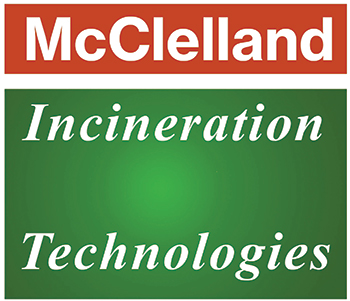
As global industrialization surges, the production of hazardous waste has become a critical environmental issue. From medical facilities to chemical manufacturing plants, various sectors contribute to an ever-growing quantity of toxic waste. Hazardous waste contains chemicals, heavy metals, and pathogens that pose severe risks to human health and ecosystems if not managed properly. Incineration, a process that safely disposes of hazardous materials, is essential today to mitigate pollution and safeguard public health.
The Growing Challenge of Hazardous Waste
Each year, millions of tons of hazardous waste are generated worldwide. With increased manufacturing, urbanization, and medical advancements, the volume of hazardous waste is expected to rise. This waste, often containing carcinogenic and toxic materials, can seep into soil and water, contaminating entire ecosystems. Traditional waste management methods like landfills and open burning are inadequate for handling such waste, as they can lead to long-lasting environmental degradation.
The Role of Hazardous Waste Incineration
Hazardous waste incineration is a controlled, high-temperature process that destroys dangerous materials, converting them into manageable forms. Modern incinerators are equipped with pollution control technologies like scrubbers and filters to capture harmful emissions, ensuring minimal environmental impact. The ashes left behind are reduced in volume and contain significantly lower levels of toxicity, making them safer for disposal or further treatment.
Incinerators are especially effective for managing waste types that are otherwise challenging to dispose of, such as chemical residues, biomedical waste, and contaminated materials. In addition to reducing waste volume, incineration prevents the release of pathogens and toxic chemicals into the environment.
Environmental and Health Benefits
A properly managed incinerator prevents dangerous contaminants from entering the air, soil, and water, which is critical for public health. Airborne pollutants from improper waste disposal can lead to respiratory illnesses, cardiovascular diseases, and cancer. Hazardous waste incineration can reduce pollution, prevent disease spread, and contribute to cleaner air and water resources. Additionally, some modern incinerators generate energy from the waste combustion process, adding a sustainable element to waste management.
Challenges and the Path Forward
Although incinerators have shown significant benefits, the cost of building and operating them, coupled with strict regulatory requirements, can hinder their deployment. However, the long-term benefits to public health and the environment far outweigh the initial investment. Governments and industries must recognize the critical role of incinerators and collaborate to establish more of these facilities worldwide.
Conclusion
The urgent need for hazardous waste incinerators is evident. As waste production continues to rise, so does the necessity for effective and environmentally friendly disposal solutions. Investing in these incinerators is essential for a cleaner, safer world, ultimately contributing to the global effort against pollution.
For more information and studying further on incineration or incinerator supplier India or Industrial incinerator supplier India, visit www.mcclellandindia.com. It is located in Mumbai, Maharashtra, India with projects in all states of india – Gujarat, Maharastra etc. and all over the world.






